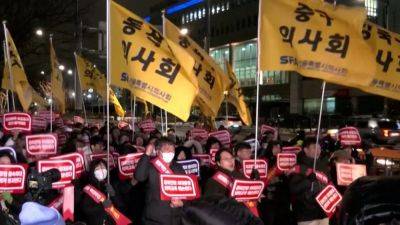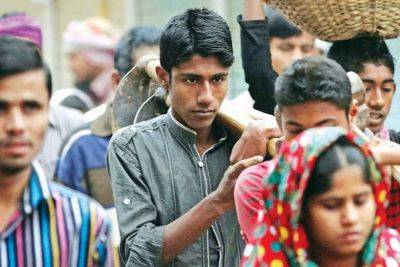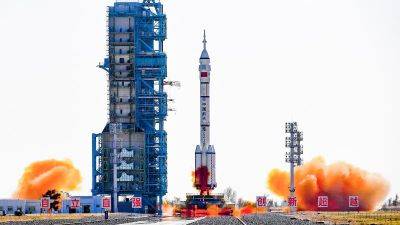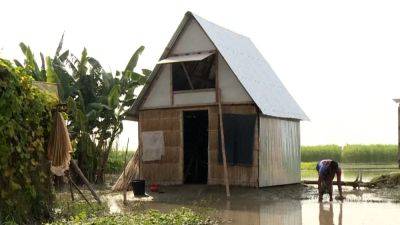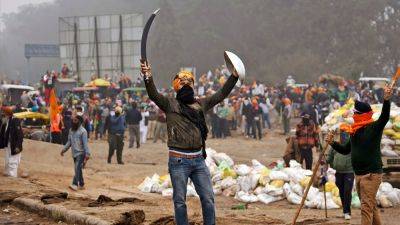How will Bangladesh keep on sheltering the Rohingya?
February 9, 2024
DHAKA – Every year, the ill-fated Rohingya refugees in Bangladeshi camps have to wait for the new Joint Response Plan (JRP) through which their annual allocation of funding is raised. The 2024 JRP seeks $872.7 million to support one million Rohingya refugees and 300,000 vulnerable host communities living in Ukhiya and Teknaf upazilas.
In the last JRP, the annual funding requirement was $875.9 million, of which 50 percent remained unmet (as of February 8, 2024). Due to fund shortages, the World Food Programme (WFP), in June last year, cut its monthly food rations for the Rohingya refugees from $10 to $8 per person.
Moreover, the World Bank (WB) and Asian Development Bank (ADB) are progressively tightening their financial support, creating a significant challenge for Bangladesh. The country now finds itself in a desperate situation. The diminishing funds allocated for the Rohingya crisis are placing an immense financial burden on Bangladesh, forcing the country to resort to borrowing for the refugees’ well-being.
In a groundbreaking move in December, Bangladesh sought a $1 billion loan from the WB and ADB—a financial package consisting of $535 million in loans and $465 million in grants. On January 23, WB Country Director Abdoulaye Seck expressed interest in disbursing an additional $700 million in the form of both a grant and soft loan to Foreign Minister Hasan Mahmud. This funding is earmarked to support crucial socioeconomic development initiatives for both the Rohingya population and the adversely affected host communities.
In an immediate reaction, Transparency International Bangladesh (TIB) stated that relying on foreign loans is not a just, prudent, or enduring strategy to address the Rohingya



